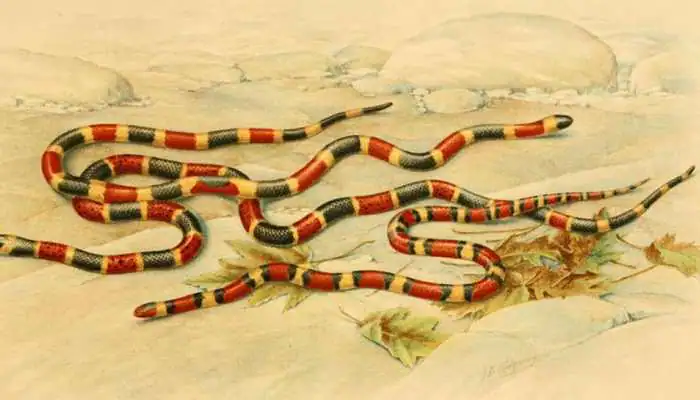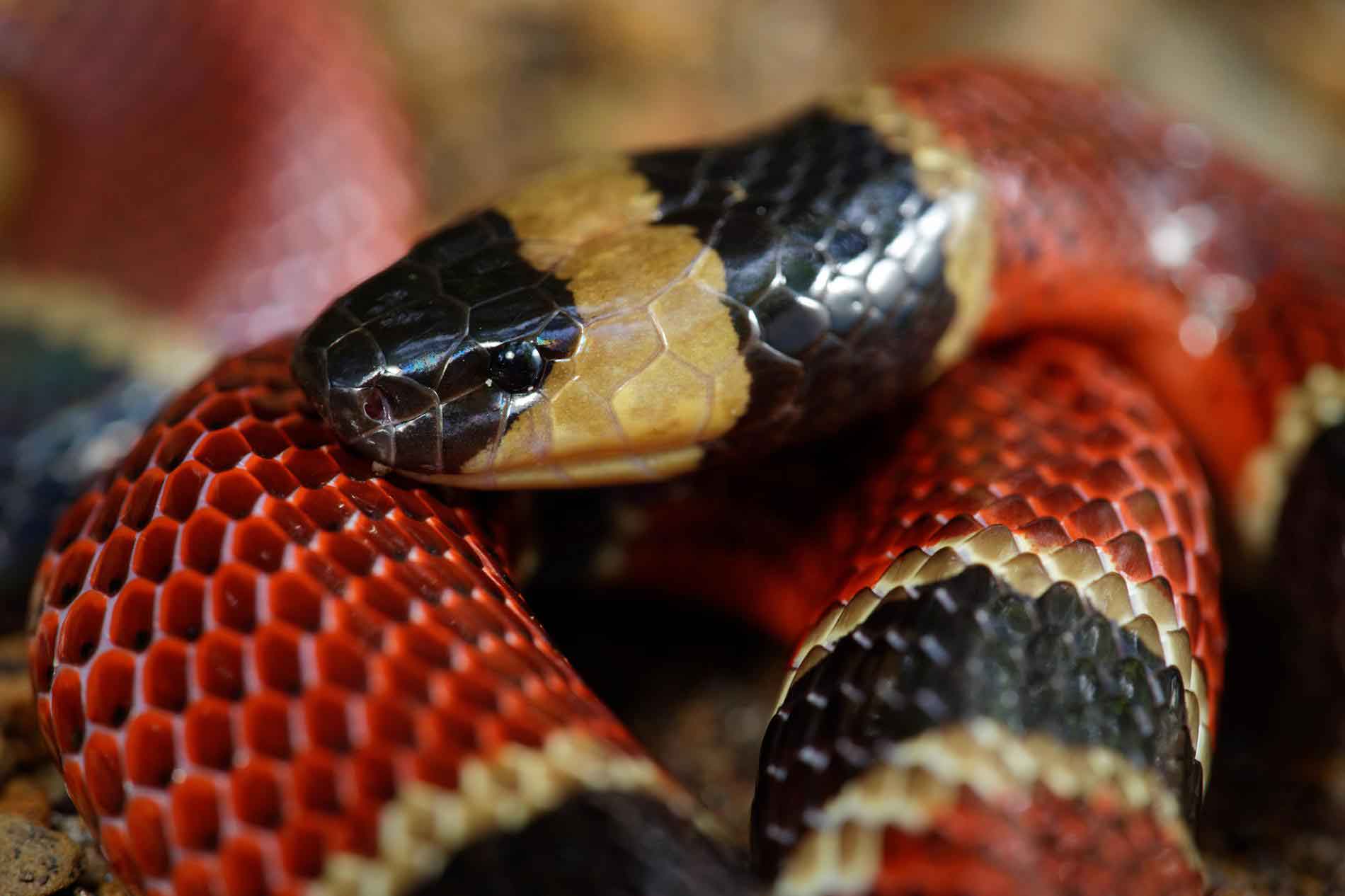
Cenaspis is distinguished from other species by its elongated skull & undivided subcaudal scales, which distinguish it even more from other known species.
University of Texas biologists have discovered an entirely new snake species, Cenaspis aenigma, in the stomachs of coral snakes, which they believe to represent an important scientific accomplishment.
The discovery is remarkable because the Cenaspis has stayed elusive for most of its existence and has not been captured alive.
According to the discovery, the “mystery dinner snake” represents not just a new species, but also a whole new genus.
Although that’s not the first time such snakes have already been discovered within the stomachs of coral snakes, it is the first time that a completely new genus has been discovered from the remains of a fellow serpent’s last meal. Read For Donald Trump, 150 Iranian Lives Aren’t Enough To Justify A Drone Strike.
In 1976, according to an article published on Smithsonian.com, the crawling serpent had once given itself to scientists, though in an unusually convoluted manner.
Cenaspis was discovered by accident in the stomach of a deadly Central American coral snake in 1976. The researchers had been searching for the creature since then.

This particular animal was discovered when a crew of palm harvesters operating in the Mexican state of Chiapas came upon a coral snake that had just snacked on a smaller variety of palm tree.
In part because of the specimen’s uneven stripes, spineless hemipenes, and skull form, Cenaspis was difficult to classify for many decades after it was discovered.
Biologists at University of Texas has finally succeeded in unravelling the mystery of the intriguing snake’s origins, some 42 years after the species was initially discovered in Mexico.
According to the findings, which were published reported in the Journal for Herpetology, Cenaspis was discovered to be not just a new species, but also a whole new genus.
They discovered that the single 10-inch male which represents both genus & species has an underside ornamented with three triangle marks, giving his ventral scales a rough appearance distinct from other New World snakes, which is consistent with other New World snakes.
Cenaspis is distinguished from other species by its enlarged head & undivided subcaudal scales, that are plates just on underside of the tail that are not separated like those of other species.
It is also possible that Cenaspis’ teeth indicate that the snake is more complicated than the ordinary forest burrower, which typically preys on soft-bodied dine such as snails and earthworms. Predators with hard bodies, such as insects and spiders, appear to be able to be wrestled to the ground by the snake’s mouth and teeth.
The scientists have yet to identify and over one specimen of the Cenaspis before concluding that the species has vanished from face of the Earth, despite the fact that this is the first time a new genus has indeed been discovered in the remains of a coral snake’s last meal.






